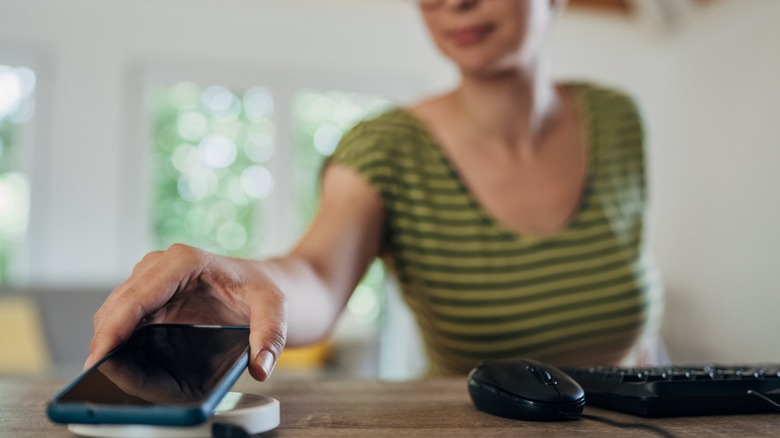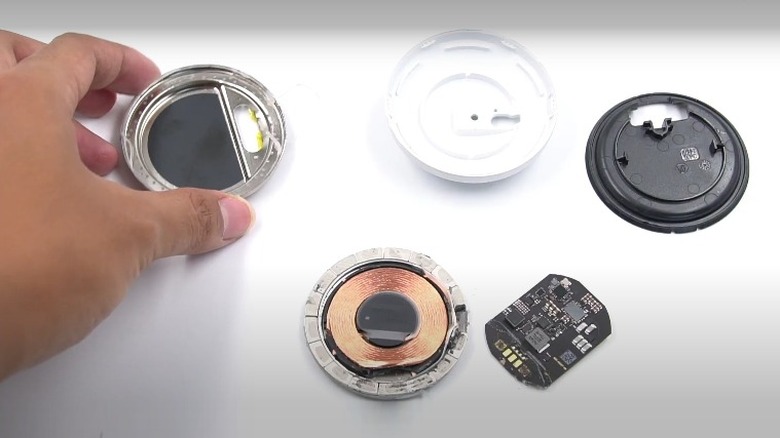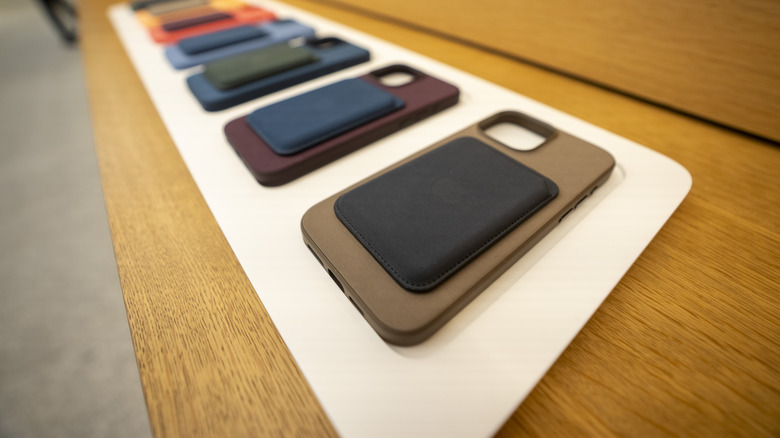iPhone MagSafe Cases Explained: How They Work
Conventional wisdom holds that magnets and electronic devices don't mix. For those of us old enough to remember CRT computer monitors, such wisdom could be verified by waving a magnet across the screen. The result was a fascinating rainbow mess that landed a lot of kids in detention.
But times have changed. These days, magnets are a big part of wireless charging for smartphones and other devices. And MagSafe charging is the pinnacle of that union. MagSafe is a wireless charging standard designed by Apple for iPhones, Apple Watches, and AirPods. Within MagSafe chargers, a ring of magnets and coils align with the attached device to deliver a wireless charge. And the most accurate way to align these rings for iPhones is with a certified MagSafe phone case.
If you have a MagSafe case for your iPhone, it might seem like magic (especially if you pick one of the 10 best MagSafe cases). But there's a simple explanation for how MagSafe cases work, and it's fairly easy to understand with a little background on wireless charging. Here, we'll dive into the technology to help you get a grip on the latest generation of iPhone cases.
What is a MagSafe phone case?
MagSafe phone cases are much like any other case with one key difference: magnets. Inside every MagSafe case is an array of special rare-earth magnets perfectly aligned to fit MagSafe charging docks (which also have magnets, albeit in reverse — a complementary orientation). That's why they snap into place so quickly and securely with little risk of falling off.
Thus, MagSafe cases only orient iPhones with MagSafe charging plates. They don't do any of the actual charging. The charging is delivered by the inductive coils within the charging plate and phone. But this orientation is important. Though your iPhone may possess the tools for wireless charging, it still benefits from the case's magnetic lock-in to align properly and quickly. Such cases are also designed with a specific thickness to facilitate the connection, while regular cases might be too thick. Without precise alignment, fast charging and attachment aren't assured.
Every MagSafe accessory worth its price tag uses these same basic principles, so they're compatible with many different models and devices. However, not every case is the same, nor are they all built to deliver the goods.
Types of MagSafe cases for iPhones
MagSafe charging is proprietary for certain Apple devices, meaning it doesn't work with other brands, and it doesn't work with every device. However, some tricks work with a few of the newer Android smartphones to make them compatible with MagSafe accessories.
But whatever the "case" may be, the fundamental technology of MagSafe is based on the Qi standard, which is universal and open-sourced. As a result, you can charge your MagSafe devices, like iPhones, on Qi wireless chargers, with or without a MagSafe case. You may also be able to charge some non-MagSafe, Qi-compatible devices on MagSafe chargers. The only drawback is that Qi chargers deliver a maximum 7.5W of charge, while MagSafe chargers can reach up to 15W. That's double the speed.
MagSafe cases must be the right thickness to allow the wireless charge to reach the device's battery: too thick and the electrical current won't connect; too thin and it won't provide much protection for your phone against drops. Thus, Apple only awards the MagSafe certification, or "Made for MagSafe (MFM)," to accessories that meet its specific quality standards.
There are third-party MagSafe cases. But if it doesn't have the MFM certification, there's no official guarantee on quality. The same applies to iPhone wallets. Such accessories have special shields to keep your credit cards safe from magnets, so it's important to go with a MagSafe wallet that's either an official Apple brand or has the MFM certification. At the very least, research the product well before deciding.
Though we know now what goes on in MagSafe cases, stick to approved MagSafe devices and accessories. When designed properly, magnets and electronic devices can work together, but you should still stay on the side of caution.


